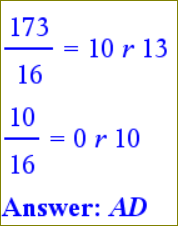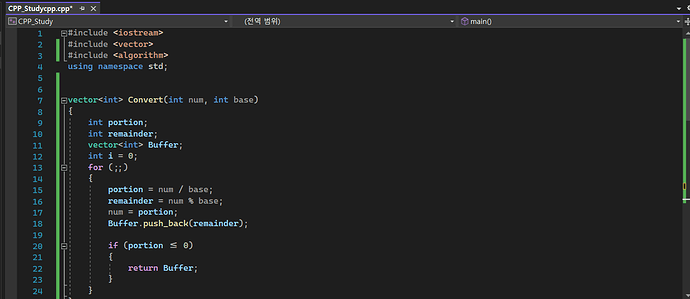Beginning from the right to left: number1 · 2^position(0)+number2 · 2^position(1)+…
So, beginning ALWAYS from the right and beginning ALWAYS counting from position ZERO, the first one is a 1, position 0, so it would be 1·2^0, the second one, is also a 1, position 1th, so 1·2^1, the third one is a zero, 2th position, so 0·2^2… and so on:
1·2^0+1·2^1+0·2^2+1·2^3+1·2^4+0·2^5+1·2^6 = 1·1+1·2+0·4+1·8+1·16+0·32+1·64=1+2+8+16+64
I don’t know if I have explained well enough … 



